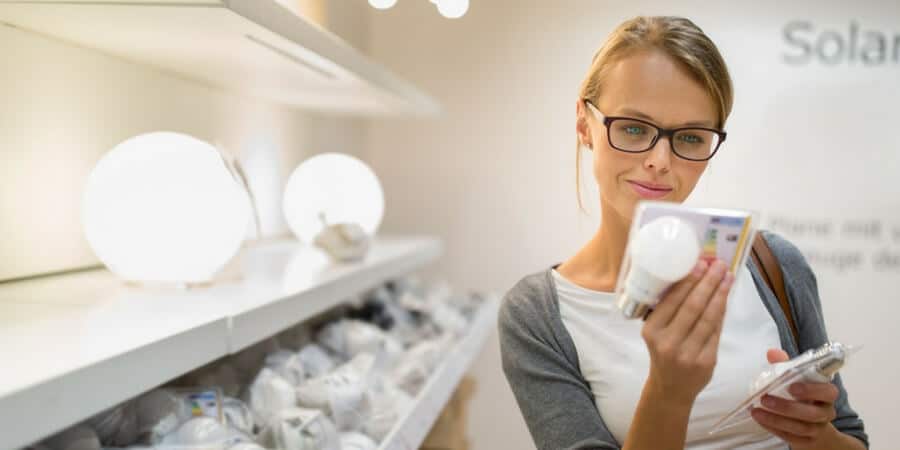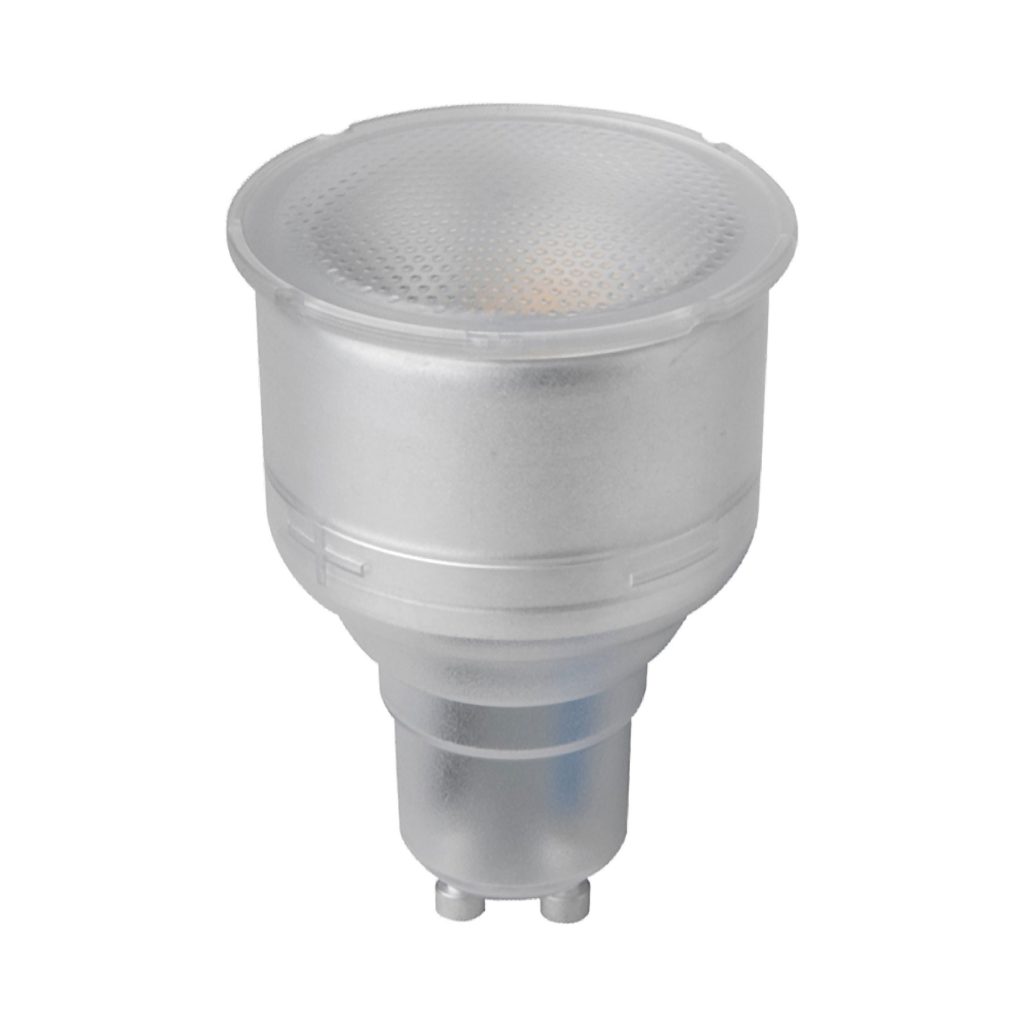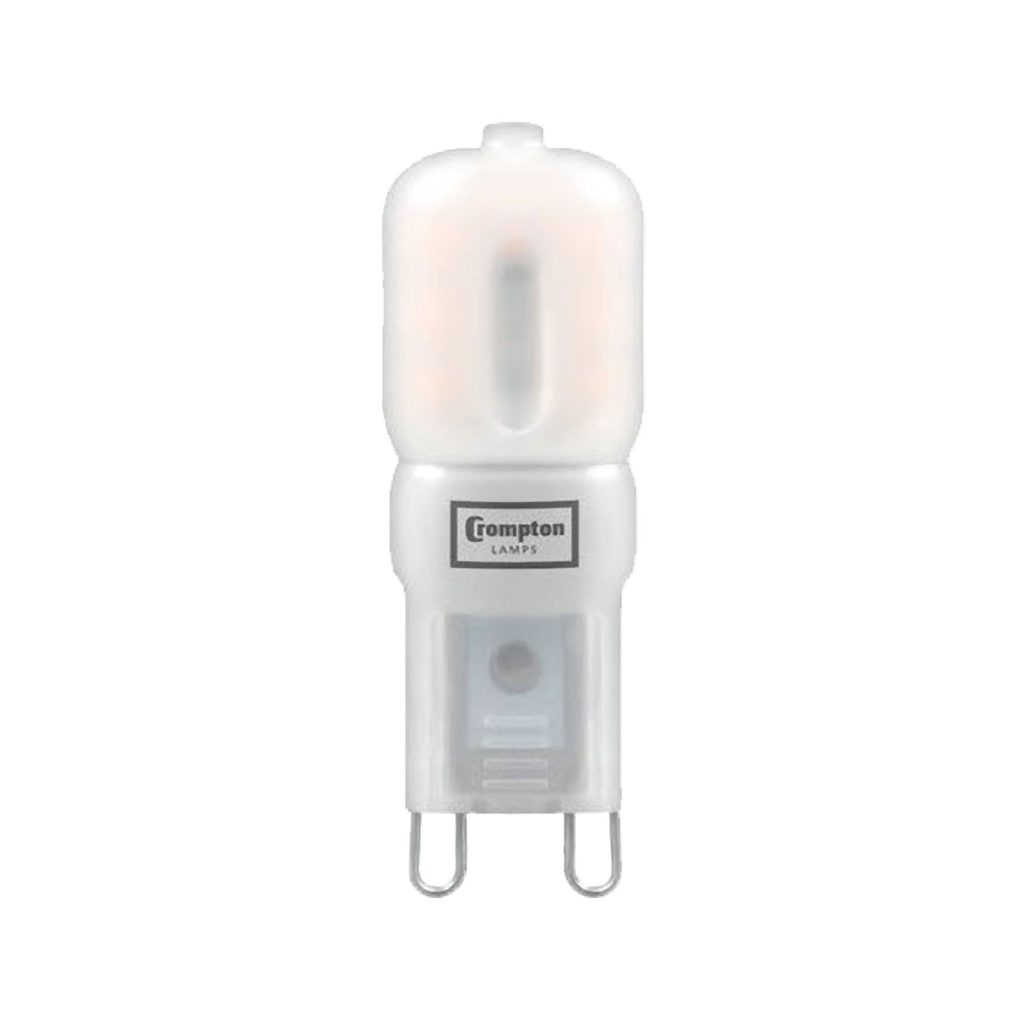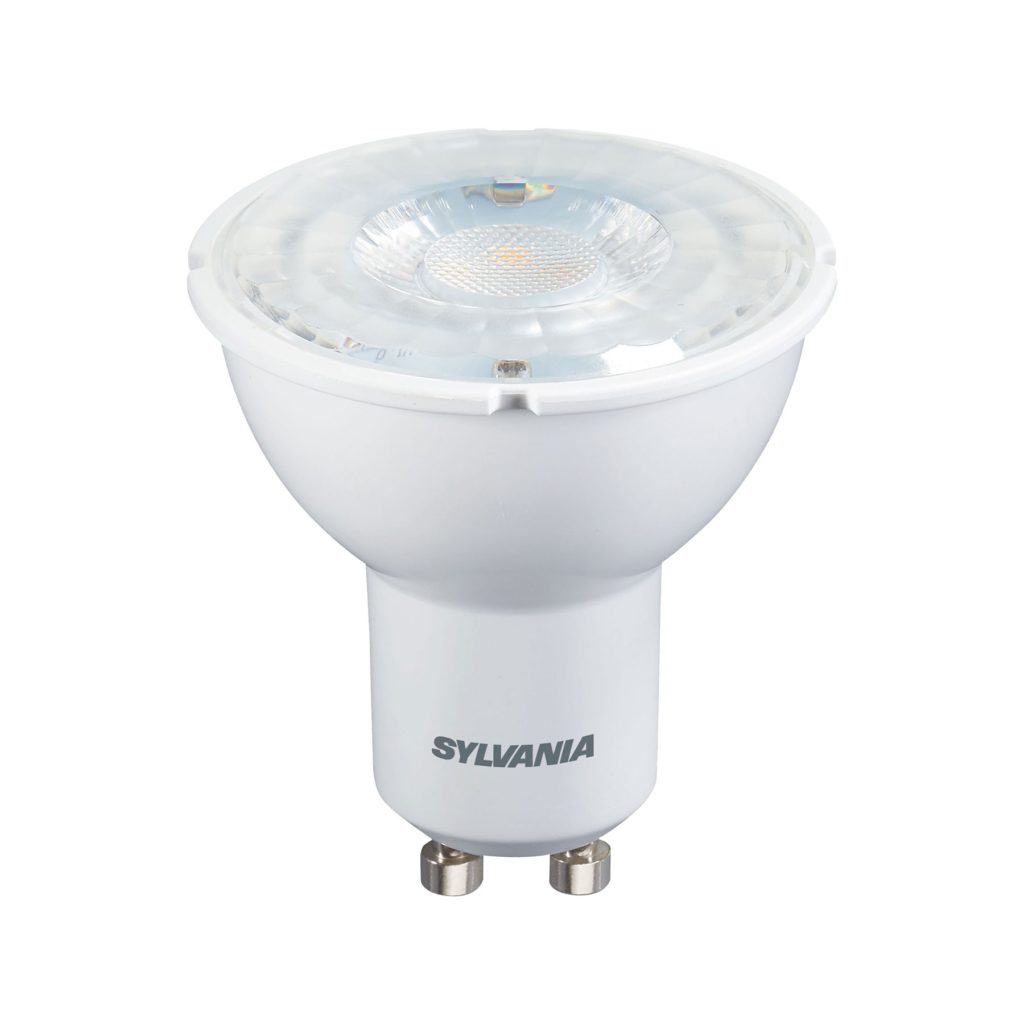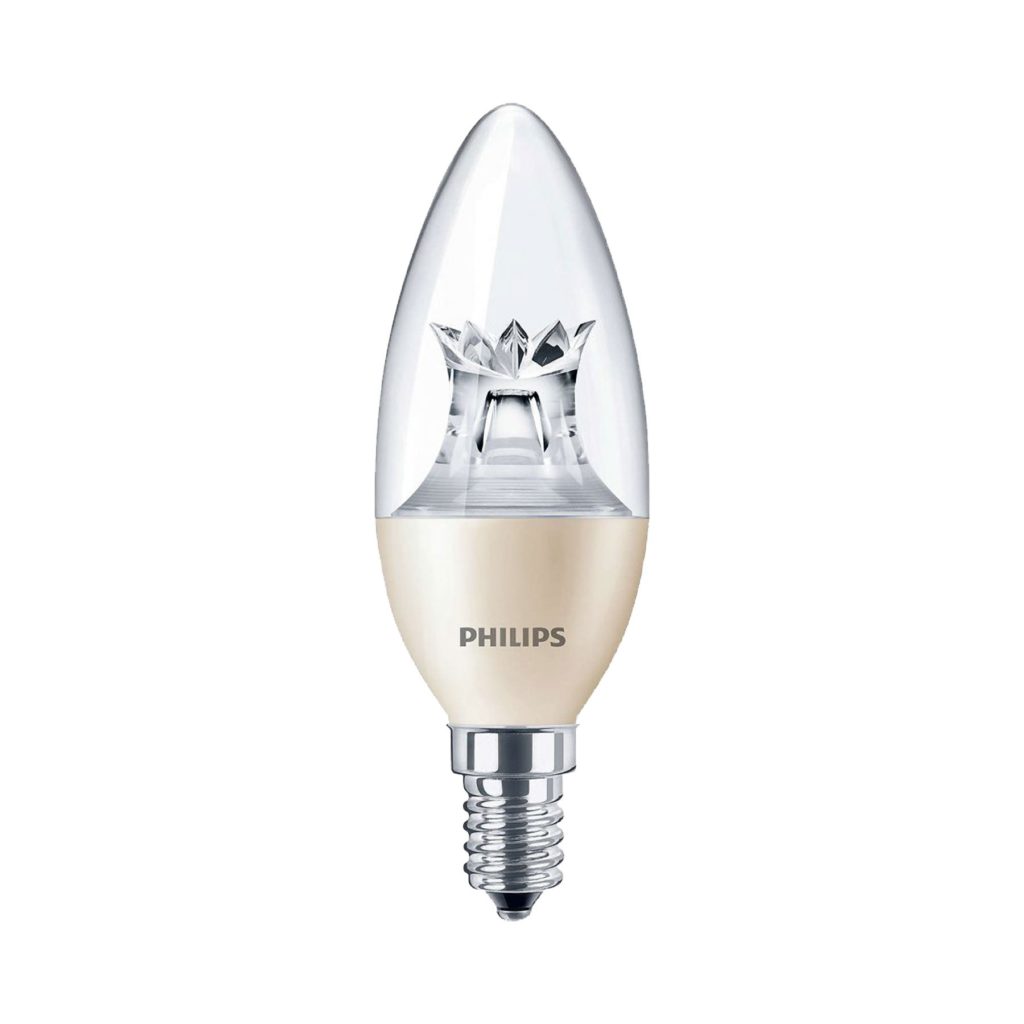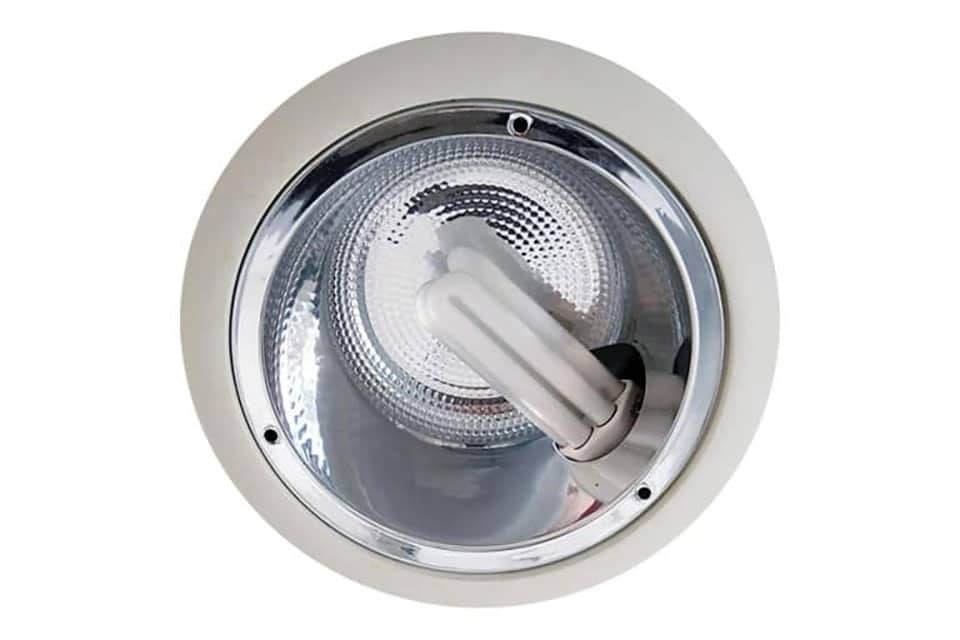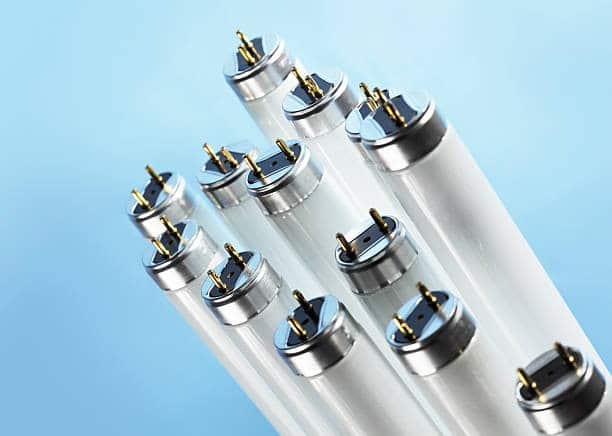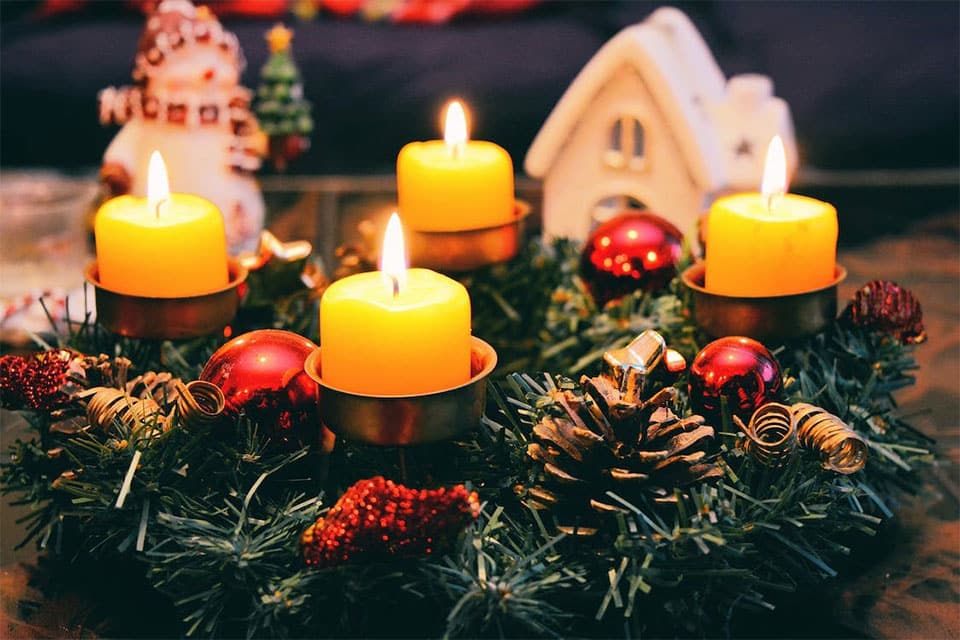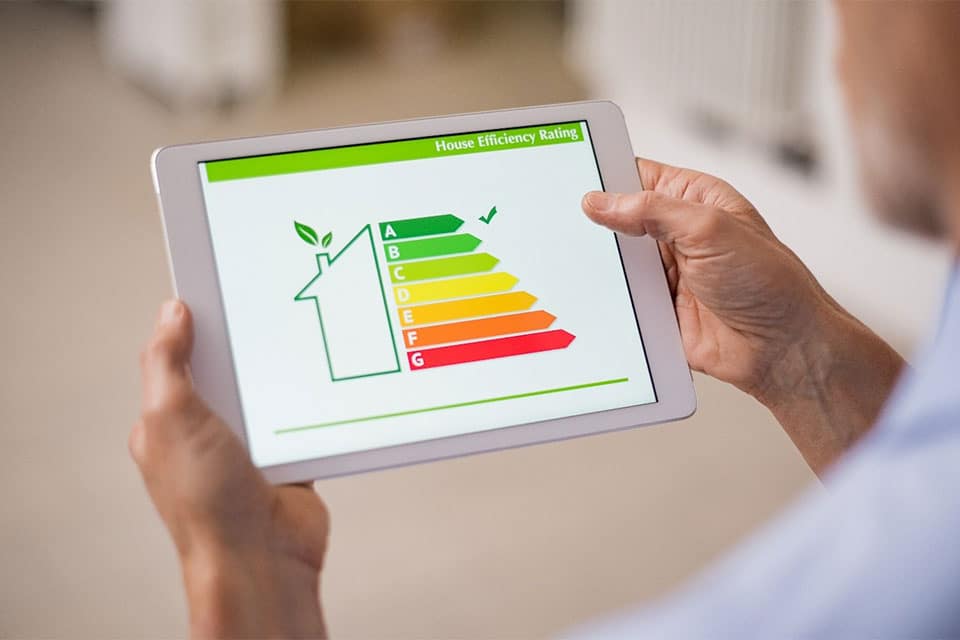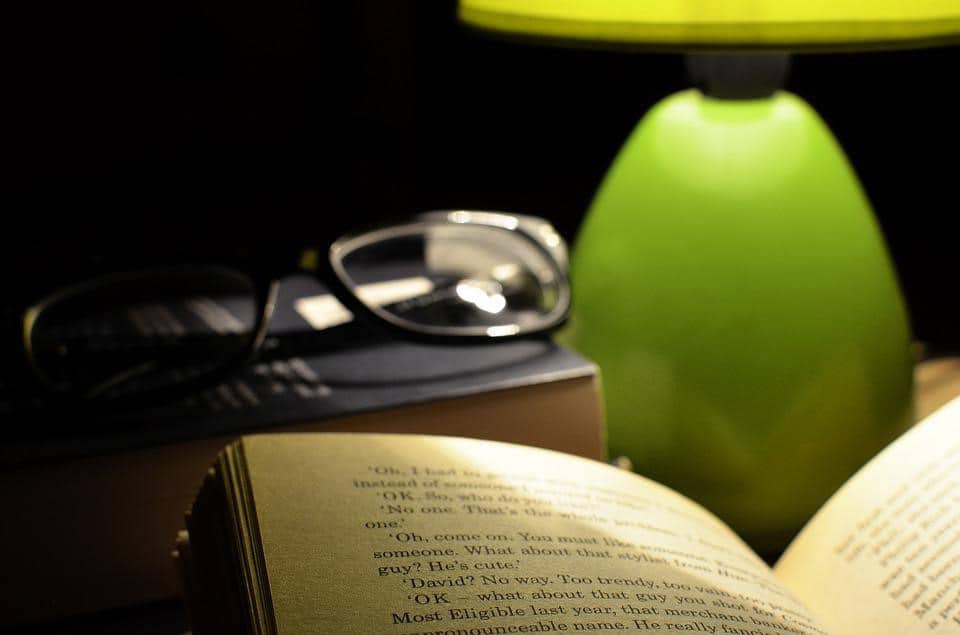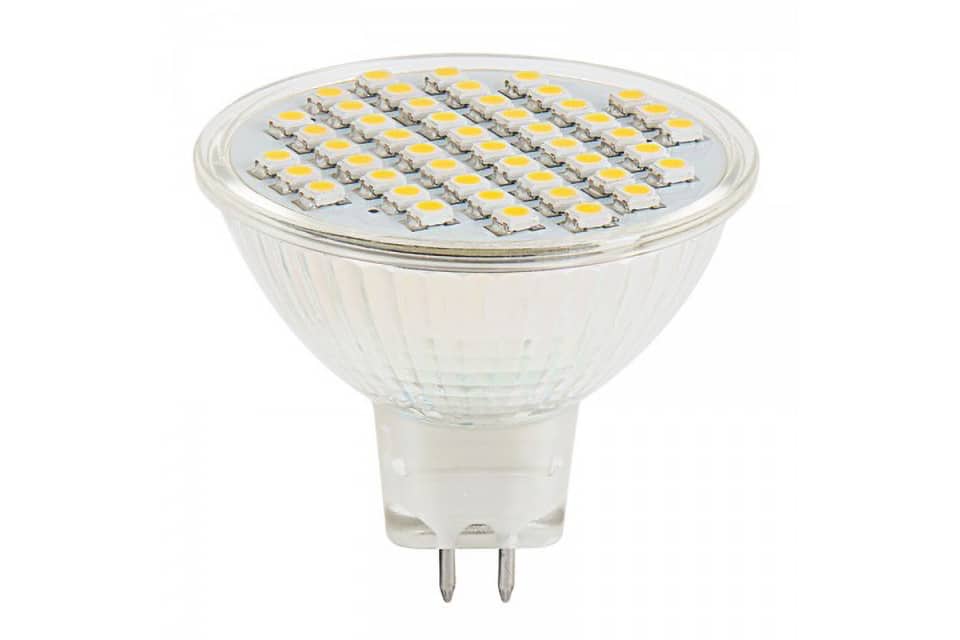In many ways, buying LED bulbs is the same as buying traditional light bulbs because they both offer the same bases and caps and are available in similar shapes and colours. But while there is a lot of overlap between LEDs and traditional bulbs, there are also a few key differences you should keep in mind when you’re deciding what LED lights to buy, such as:
- Your light fixture’s base type
- Bulb shape and beam angle
- Brightness
- Colour temperature
- Bulb placement
Let’s take a closer look at how to buy LED bulbs:
1. Base Type
The cap or base joins the light bulb to the socket in order to provide an electrical connection and power your bulbs. While choosing the right base may seem straightforward, purchasing the wrong base type is a very common mistake, so it’s important to know what type to look for before you buy.
There are 3 main types of bases:
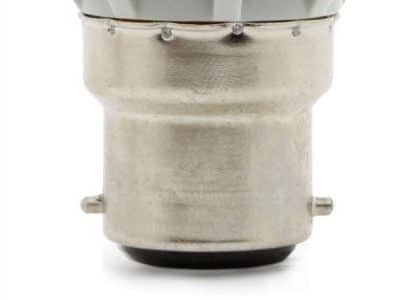 | Bayonet This is the most commonly used base type in the UK, named for the push and twist action used by soldiers to mount bayonets to rifles. It has a smooth base with a pin on either side that slides into the cap as you insert the bulb into the socket, and expands again to lock the bulb in place. |
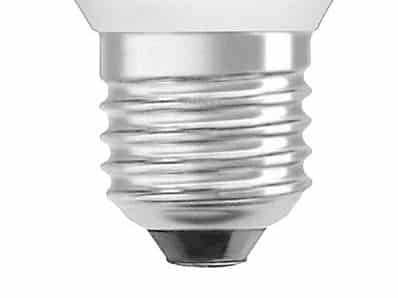 | Screw Also known as the Edison screw base (after the inventor), these bulbs have a threaded base that screws into the fixture to securely hold the bulb. |
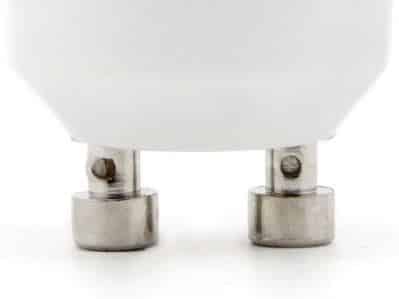 | Pin and push fit Most domestic-use pin bulbs only have two pins, but they can have more. The length of the pins and the space between them dictates which fixtures they can be placed in. They are most commonly used for downlighting, track lighting and recessed lighting. |
Bases are labelled using a coding system that follows a letter-number-letter format. Here is a quick breakdown of how it works:
- First letter: Indicates the type of base, eg. screw or bayonet.
- Number: Indicates the diameter of base or distance between pins, measured in mm.
- Second letter: Indicates the number of pins or contacts, usually on architectural or striplights, but more often than not this letter is omitted.
To learn more about the different types of caps and bases and for a more in-depth look at the coding system, check out our guide.
LEARN MORE ABOUT CAPS AND BASES
2. Bulb Shape & Beam Angle
LEDs are available in all of the standard light bulb shapes, so it’s easy to replace like for like. Sometimes the bottom of the bulb will look different – usually it has a metal or opaque plastic casing – because it is actually a heat sink. Otherwise, the shapes are easily recognisable:
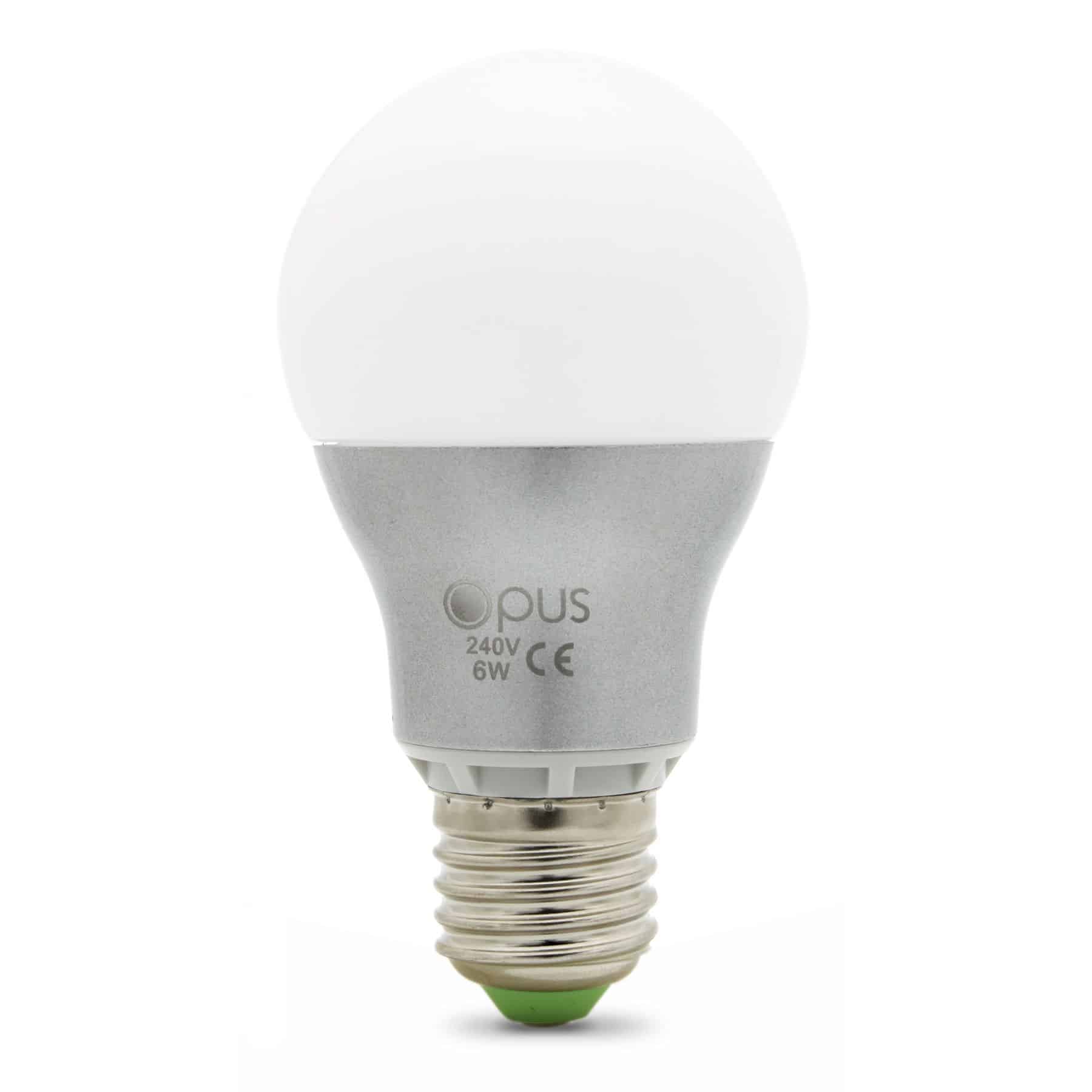 | 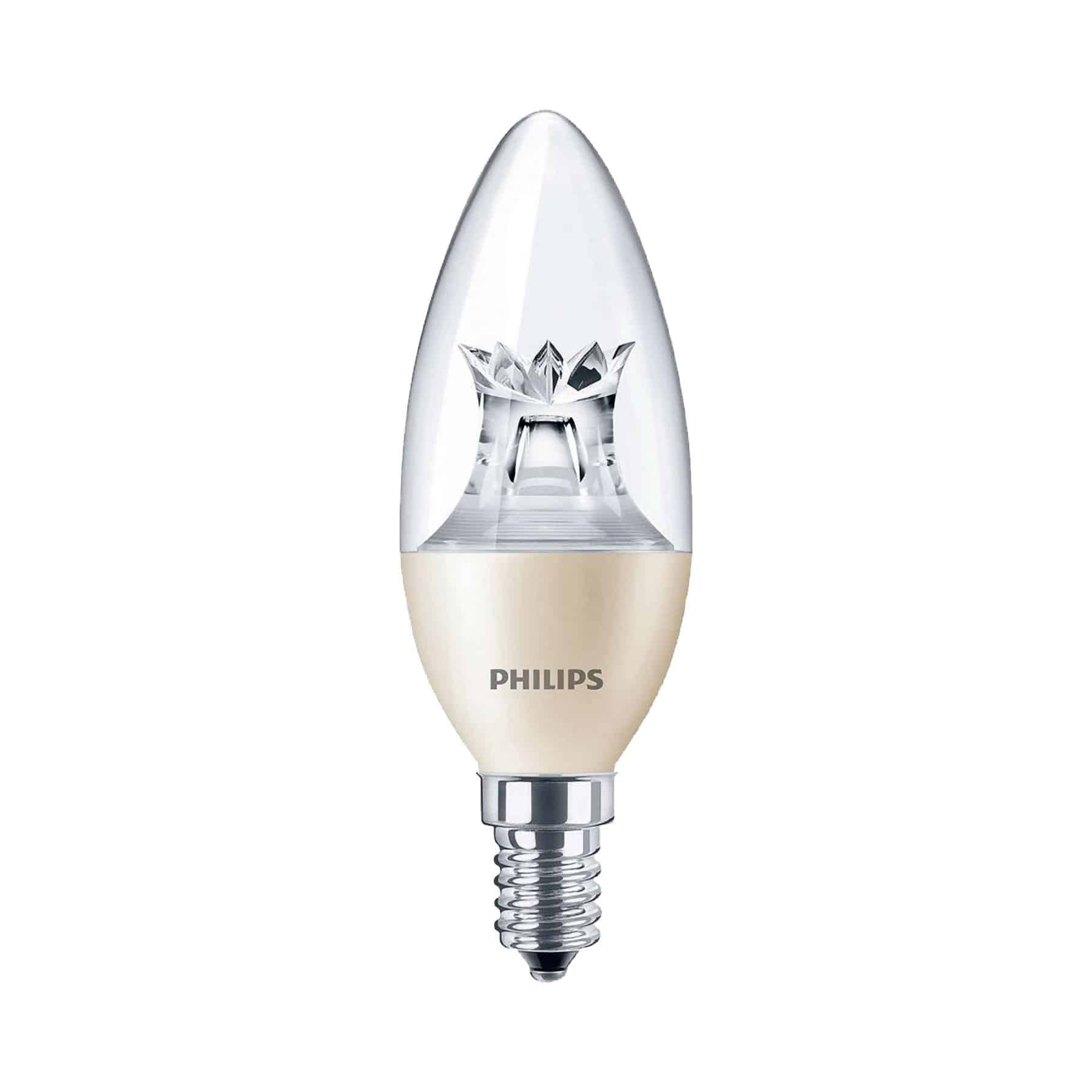 | 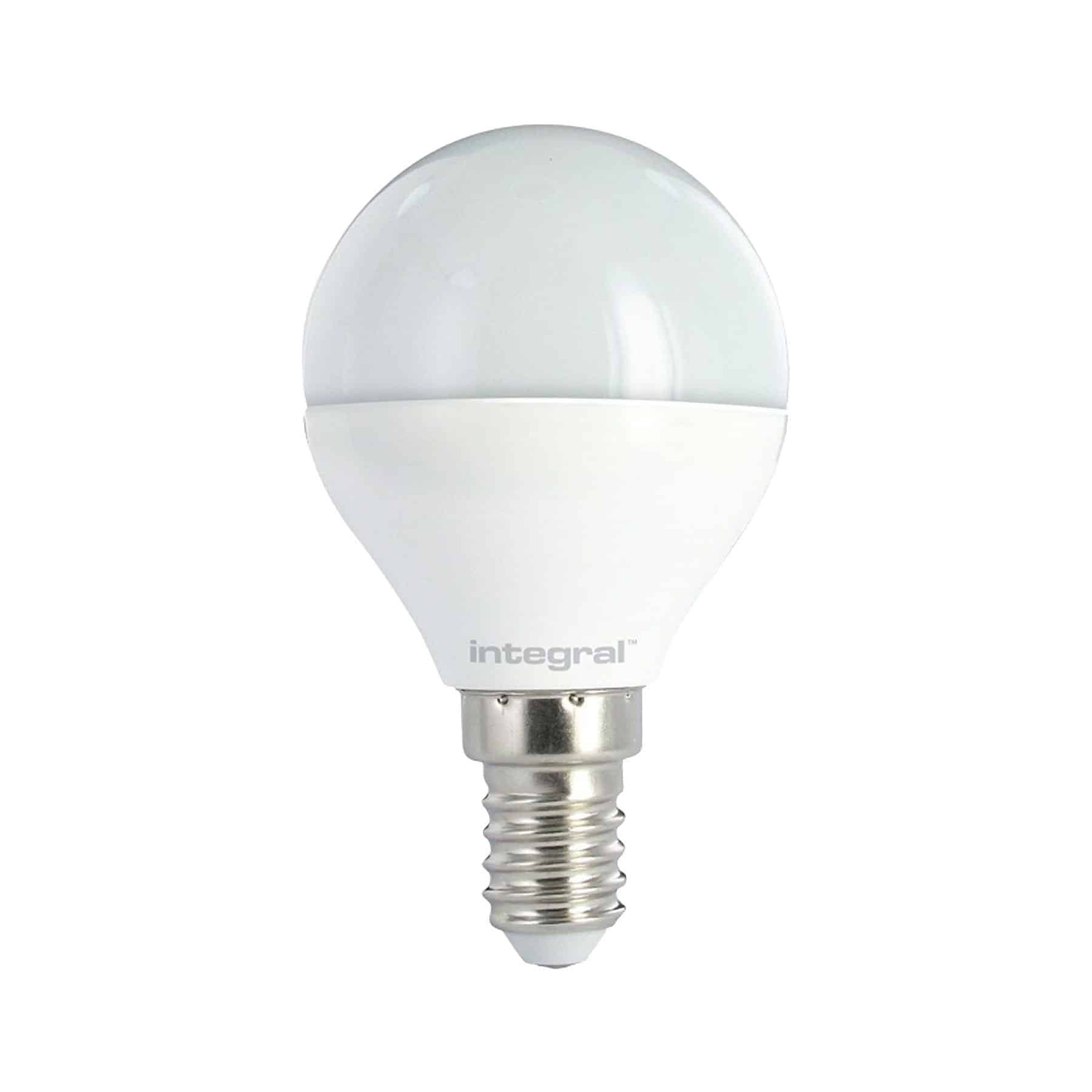 |
 | 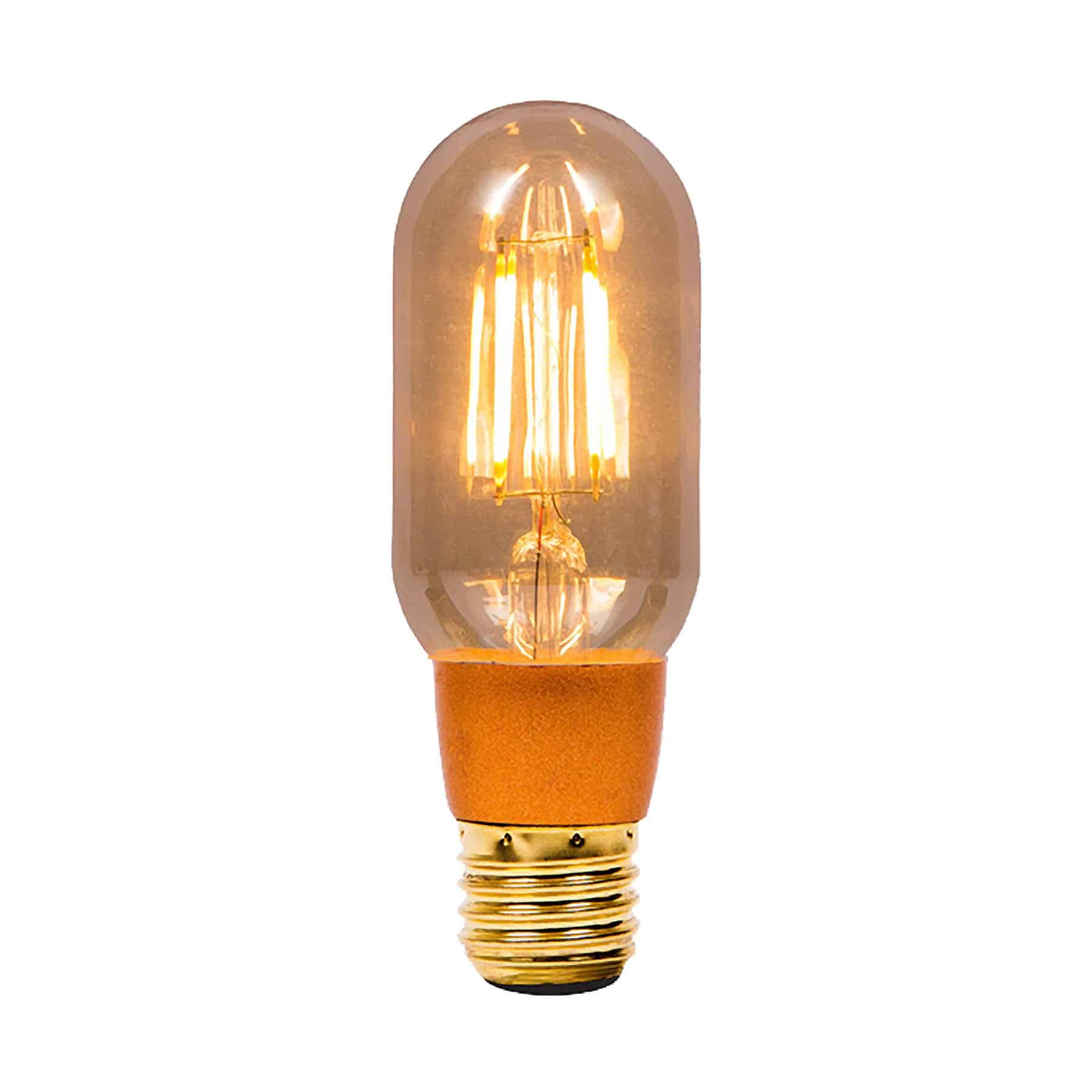 |  |
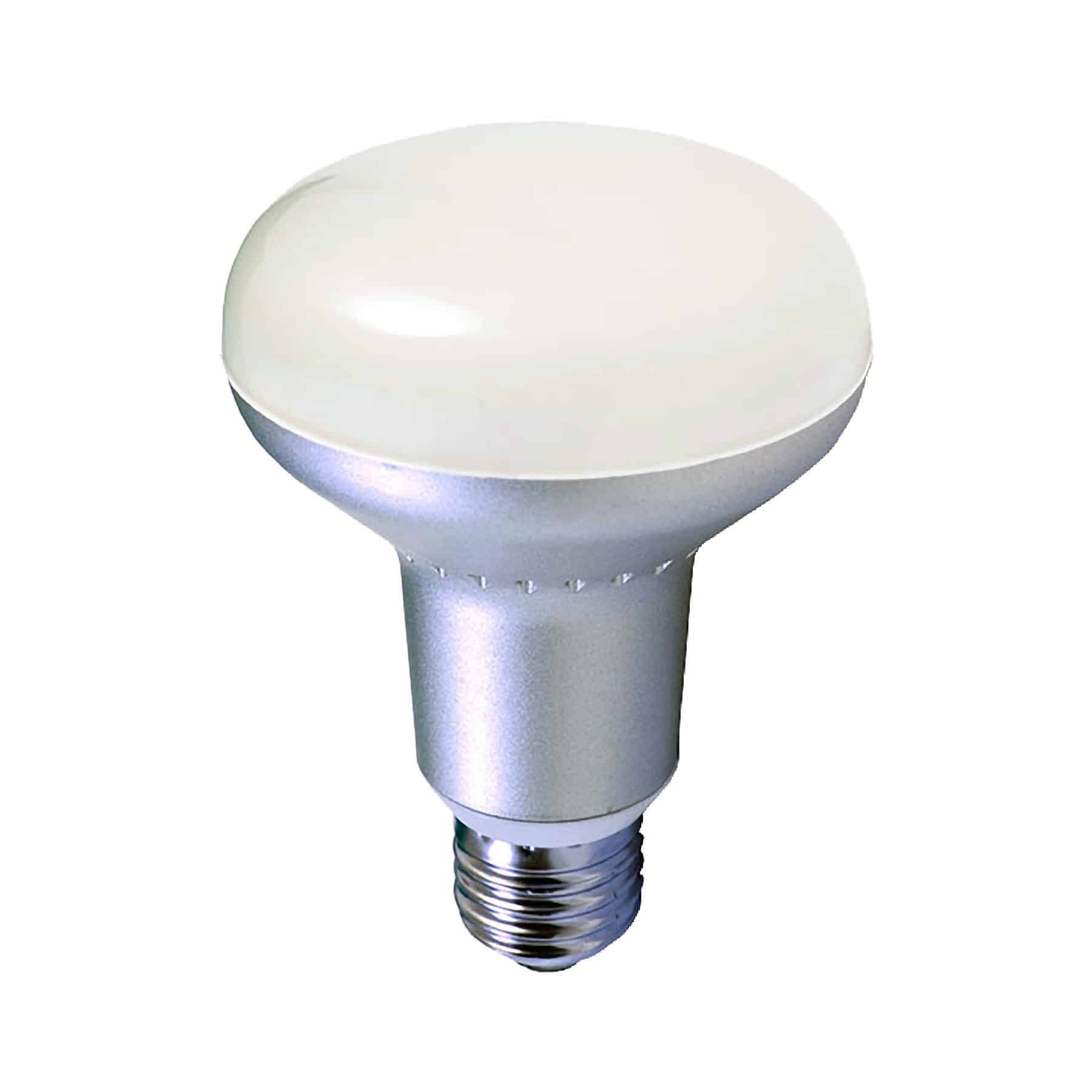 | 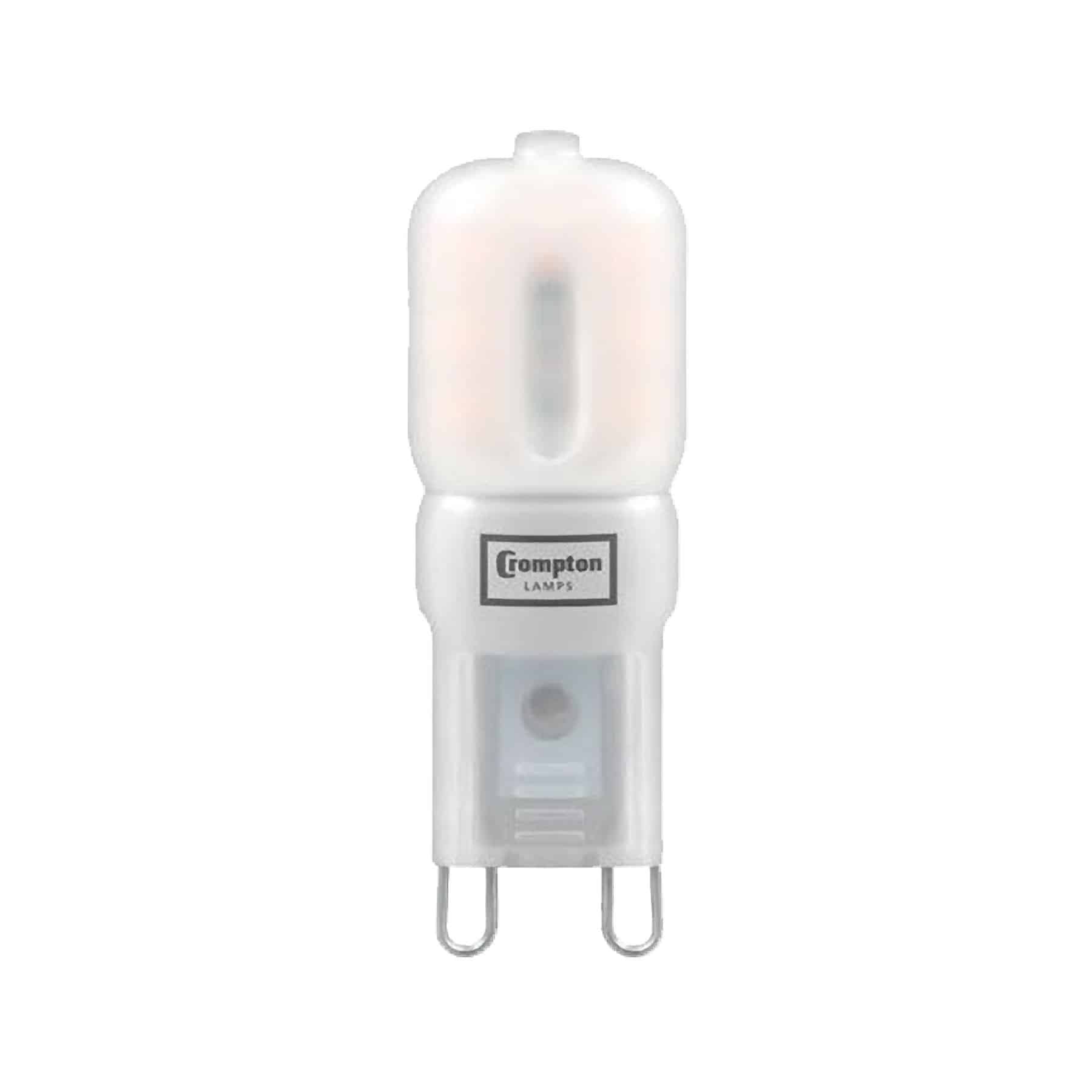 | 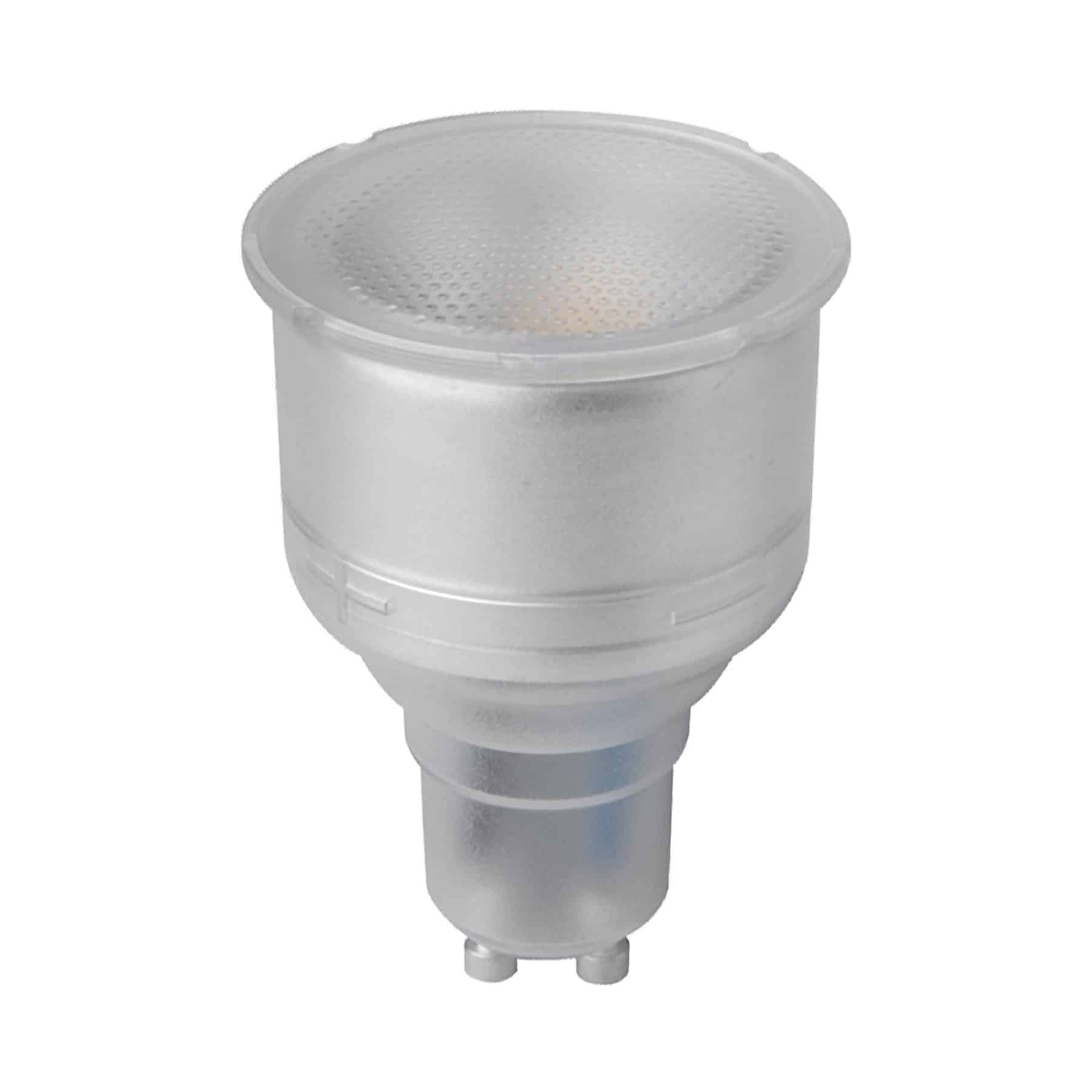 |
Which shape you should select depends on your fixture and what kind of atmosphere you’re trying to create. Some fixtures have specific size or shape requirements that you will need to accommodate, but beyond those limitations, consider your lamp and choose a bulb shape that compliments it.
The important thing to remember when selecting a bulb shape is that there are two types of light bulbs, each with a different beam angle: directional and omnidirectional:
- Directional: Light is focused in a specific direction, similar to a spotlight.
- Omnidirectional: Light is projected in all directions.
Usually you can tell which type of light a bulb emits by its shape; for example, shapes like reflectors and GU10 are typically directional, whereas standard and globe shapes are typically omnidirectional. However, with LEDs, sometimes the heat sink and other design elements of the light bulb limit the beam angle and create a directional bulb.
LIGHTING FACT: Any beam angle less than 360° is considered directional lighting.There are benefits to both types of beam angles, but they don’t handle the same tasks equally. Each shape or style will emit a slightly different beam spread, which will affect its applications:
| DIRECTIONAL LED | OMNIDIRECTIONAL LED | |
|---|---|---|
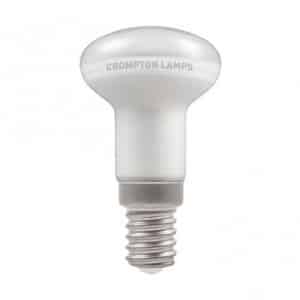 | 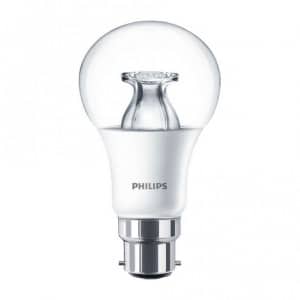 |
|
| Common Shapes | Reflector GU10 PAR Dichroic Golf ball Standard Globe Candle | Standard Globe Candle Tubular Pear Golf ball |
| Beam Angle Range | 359°≤ | 360° |
| Ideal Uses | Task lighting Ceiling fans Pendant lighting Recessed lighting Outdoor security lights Downlights | Ambient lighting Table lamps Floor lamps Sconces Pendant lighting |
As a general rule, narrower beam angles are well-suited for task lighting, whereas wider beam angles work well as ambient lighting. To see examples of what different beam angles look like in commercial and domestic settings, check out our Beam Angle Guide.
PRO TIP: On our website, the diameter and length of the bulb can be found under the specifications of each product page. On the package, diameter is sometimes listed as a code. The first letter indicates the shape, and the number that follows indicates the diameter of the widest part of the bulb in millimetres. For example, an A60 bulb would be an A series bulb with a diameter of 60mm.3. Brightness
When selecting an LED light bulb, remember that you are selecting brightness by the level of lumens (lm) a bulb has, not watts. Watts are a measurement of energy use, and since LEDs require much lower levels of energy to create the same level of brightness as incandescent or CFL bulbs, describing the level of brightness in terms of energy use is no longer accurate.
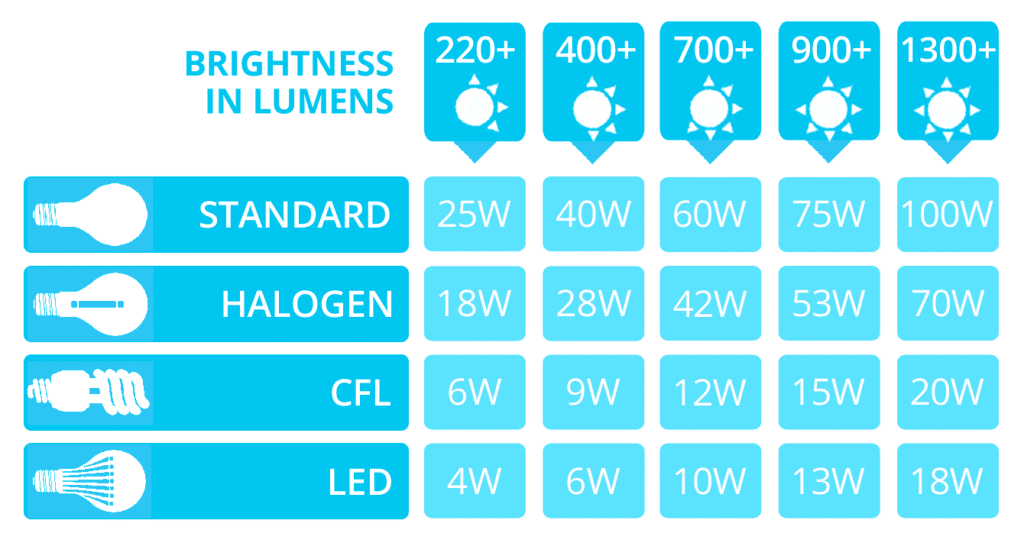
LEARN MORE ABOUT LUMENS AND WATTS
Like most of the options available for lighting, the level of brightness you want depends on what you will be doing. Bright light makes you more alert and attentive, making it ideal for task lighting, whereas a lower lumen level will create a more relaxing environment suitable for a bedroom or living room.
PRO TIP: Dimmers make an excellent addition to any room because they allow you to adjust the level of brightness to suit your current activities. And yes, you can dim LEDS.4. Correlated Colour Temperature
Correlated Colour Temperature (CCT), or simply “colour temperature”, describes an LED’s specific shade of white. The CCT is listed in degrees Kelvin: the higher the temperature, the cooler or more blue the colour appears. If you are looking for a warm white light, similar to the golden glow of a candle, you will want something lower than 3000k.

LEARN MORE ABOUT COLOUR TEMPERATURE
Colour Rendering Index
The colour temperature of an LED light bulb is not an indication of how faithfully it renders colours – two LED bulbs that have the same CCT can display colours completely differently. Therefore, to determine a light bulb’s colour accuracy, you need to look at its Colour Rendering Index (CRI).
Developed and maintained by the International Commission on Illumination (also known as the CIE – Commission Internationale de l´Eclairage), CRI is a measurement of how well a light bulb illuminates an object’s true colours. It is the most difficult metric for CFL and LED light bulbs to replicate without sacrificing efficiency or brightness.
The CRI goes from 0 to 100.
| 0 | Low, inaccurate. Bulbs that are very low on the CRI scale will usually make things appear green or magenta. |
| 10 | |
| 20 | |
| 30 | |
| 40 | |
| 50 | |
| 60 | Reasonable. |
| 70 | Reasonable - acceptable for domestic use. |
| 80 | Good - acceptable for domestic use. Anything below 80 is considered mid-range to low. |
| 90 | Excellent CRI - the minimum for commercial or professional use. |
| 100 | Natural light - the standard for comparison. |
CRI is not necessarily a top priority for home lighting applications, so it often gets left off of light bulb packaging. A lower CRI rating can appear different on different bulbs, and it doesn’t mean all of your colours will look dull or incorrect. For most commercially available light bulbs, the CRI will fall somewhere in the 70s or 80s, which is considered an acceptable range for home usage.
While a high CRI might be preferable in certain domestic settings, like kitchens, closets, or the home offices of people in the creative fields, lumen level and CCT are usually all you need to be concerned about.
On our website, CRI can be found on the product pages of light bulbs that offer that information under Product Description?
Contact us if you need help selecting an LED based on CRI.
| Room | Brightness (Lumens) | CCT (°Kelvin) | Colour |
| Kitchen | Ambient: 5,000-10,000 Task: 450 minimum per area | 4,000-6,500 | Daylight |
| Bathroom | Ambient: 4,000-8,000 Task: 1,700 minimum | 4,000-6,500 | Cool white-Daylight |
| Home Office | Ambient: 3,000-6,000 Task: 1,200 minimum | 4,000-5,500 | Cool white |
| Dining Room | Ambient & Task: 3,000-6,000 | 4,000-5,500 | Cool white |
| Entryways, Stairways, & Halls | Entries & Stairways Ambient: 1,200-4,000 Hallway | 3,000-4,000 | Warm-Cool white |
| Bedrooms | Ambient: 2,000-4,000 Task: 500 per reading light; 4000 for closet lighting | 2,700-3,500 | Warm White |
| Outdoors | Front Door 1,000-2,000 Side & Back Pathways | 3,000 or less | Very Warm White |
| Living Room | Ambient: 1,500-3,000 Task: 400 minimum | 1,500-3,000 | Very Warm White |
GIVE ME MORE ROOM-BY-ROOM LIGHTING TIPS
TM-30 And Beyond
While the CRI is a useful tool, it is not without its flaws and limitations. To address these issues, the CIE has been looking into a replacement for years. In 2015, the Illuminating Engineering Society (IES) introduced a new method of measuring and evaluating colour quality called the IES TM-30-15, though you will often see it referred to by the shortened name: TM-30. This method improves upon the CRI, adding new tools to enhance accuracy and providing more detailed information in order to provide a more comprehensive measurement of how light affects colour appearance, such as:
- Fidelity Index (Rf) – like the CRI, the Rf measures the average fidelity of colour samples on a scale of 0 – 100. However, instead of 8-14 samples, this measurement uses 99 samples broken down into 7 categories: colour systems, nature, paints, plastics, printed material, skin colour, and textiles.
- Gamut Index (Rg) – Rg measures average colour saturation. A score higher than 100 indicates an increase in chroma (saturation or intensity), meaning that objects lit by that bulb will appear more saturated than they would in natural daylight, whereas a lower score indicates a lower level of saturation. To get good quality colour, an acceptable Rg level for LEDs is between 80-120.
- Colour Vector Graphic – A visual representation of Rg that clearly shows the differences in hue and saturation when compared with natural light. This circular graphic displays which colours are muted or more vivid under a light source.
While the TM-30 scale is an approved method that builds on the CRI and offers a greater level of accuracy, it has not fully replaced the CRI just yet. In late 2015, the CIE released a statement saying that the TM-30 scale would be the basis for an update of the CRI, rather than a replacement. As it stands, the TM-30 is currently only intended for use by manufacturers and lighting specifiers. A simplified version will be available for consumer applications in the future, but the CRI will not be replaced until a new metric has been widely approved and accepted.
| CIE CRI | IES TM-30-15 | |
| Introduced | 1964 | 2015 |
| Measures | Colour fidelity | Colour fidelity Colour gamut Graphic, detailed hues |
| # of Colour Samples | 8
| 99
|
| Reference Illumination | Step function | Continuous |
| Scale | No lower limit for scores, inconsistent scales | 0-100 for Fidelity (Rf) |
For a more in-depth look at TM-30 and the differences between it and CRI, check out this video from the U.S. Department of Energy.
5. Placement
Different locations and types of fixtures also require different considerations. Every room has a unique mixture of basic lighting types, which will be dependent on your personal needs:
- Accent – directional lighting used to highlight architectural features, artwork, photography, and mementos within a room.
- Ambient – provides you with a general level of light necessary to move around safely within a room. It sets the tone of the room and creates an atmosphere.
- Task – lighting designed for a specific task. Used at desks or other work areas so you can see what you are doing without glare or reflection and not strain your eyes.
LED light bulbs operate well in most environments, handling cold and moisture better than other bulbs, but always make sure you check the IP rating of a bulb before selecting it for outdoor applications or areas where it may be subject to moisture, water, dust and debris.
PRO TIP: If the LED bulb is going to be enclosed within the fixture, like with certain types flush mount ceiling lamps or outdoor street posts, make sure that it’s rated for use in enclosed spaces. Otherwise, it can overheat and burn out prematurely.Conclusion
Knowing what LED lights to buy can seem daunting, but choosing the right bulb isn’t much different than buying a traditional incandescent lamp. When you’re shopping for LEDs, consider:
- Base type
- Bulb shape and beam angle
- Brightness
- Colour temperature
- Bulb placement
Read More
Find answers to all your questions about LEDs in the rest of our Ultimate Guide to LED Lights:
Part 1: What is an LED and How Do LEDs Work?
Part 2: Advantages of LEDs
Part 3: LEDs vs. Traditional Incandescent Lights
Part 4: Switching to LEDs in 5 Steps
Part 5: How to Buy LEDs (you’re here!)
Part 6: History of LEDs
Part 7: Advanced Features





















































































